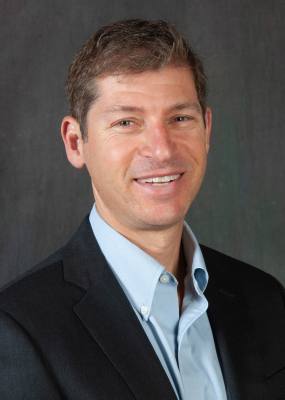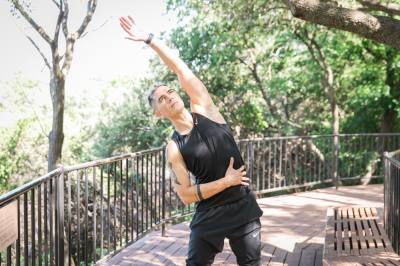“I feel like everyone is in some way an athlete,” Dr. Zipin said. “It doesn’t mean just a competitive athlete. It could just be that you want to get out and walk around ... As long as you want to be active, then our specialty is there to help you out.”
As experts in all medical needs related to athletics, primary care sports medicine specialists’ scope includes concussion management, nutrition planning, decisions on returning to play, performance issues and injuries. However, their reach goes beyond helping sports players stay on top of their game.
“We see it all the time ... Patients come in ... and they’re like, ‘I don’t know why my doctor sent me to you. I don’t need a sports [doctor], I need someone to help with my knee pain.’ I’m like, ‘yes, I’m the right guy,” Dr. Zipin said.
The majority of the issues that doctors like Dr. Zipin see are musculoskeletal—relating to muscles, bones, joints, tendons, ligaments and soft tissue—and many other commonly treated conditions fall under the umbrella of primary care. These types of problems are prevalent in the entire active population.
“You can basically say any part of the body and add the word ‘pain,’ and that’s what we’ll see,” Dr. Zipin said.
Whether a patient is interested in running a marathon for the first time or simply feels achy, primary care sports medicine specialists offer invaluable advice and find treatment plans that work best for each individual.
“When an athlete or anybody has some sort of pain condition, our job is to look at the whole body and make the actual specific diagnosis, figure out what the options are and how to treat this patient the best way,” Dr. Zipin said.
The most common conditions treated by sports medicine specialists are:
- Ankle sprains
- Concussions
- Fractures
- Joint pain
- Knee injuries
- Muscle strains
- Osteoarthritis
- Rotator cuff tear
- Shoulder injuries
- Tendonitis
Before choosing the best treatment, primary care sports medicine specialists can obtain imaging and conduct ultrasounds or blood tests if inflammatory conditions are prevalent. They may also recommend a patient receive advanced imaging or physical therapy. At ARC, patients with musculoskeletal issues can also quickly pivot to seeing an orthopedist if surgery is indicated.
“I think the biggest benefit is that if you’re working with the primary care physicians, and you’re within the ARC system, then everything is going to be comprehensive and coordinated,” Dr. Zipin said. “We have so many different specialties, we can get patients into other areas quickly if needed.”
Sports & Musculoskeletal Medicine services at Austin Regional Clinic include:
- Bracing
- Casting and other forms of immobilization
- Concussion management
- Diagnostic ultrasonography and ultrasound guided injections
- Fracture management
- Management of degenerative musculoskeletal conditions and chronic pain symptoms
- Management of sports injuries and guidance to return to sport
- Orthobiologic injections, steroid injections and viscosupplementation injections
- Referral for advanced imaging
- Referral to physical therapy
- X-Ray
1. Move your body.
“The worst thing to do is to sit all day long. We always tell people to stand up, move around every 15 to 20 minutes, [get] sit-to-stand desks,” Dr. Zipin said. “When you have a chance to take a break, don’t go sit down someplace. Go walk around or, if in a lot of pain, lay down a little bit.”
2. Listen to your body.
“If there’s something that’s aching a little bit or hurting, don’t ignore it. Don’t push through it because it’ll probably get worse,” Dr. Zipin said.
Those interested in learning more about Austin Regional Clinic or ready to book an appointment can visit austinregionalclinic.com to find a doctor and a nearby location.
The above story was produced by Morgan O’Neal with Community Impact's Storytelling team with information solely provided by the local business as part of their "sponsored content" purchase through our advertising team. Our integrity promise to our readers is to clearly identify all CI Storytelling posts so they are separate from the content decided upon, researched and written by our journalism department.










